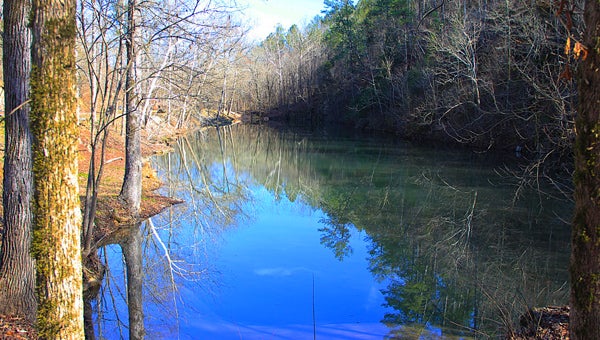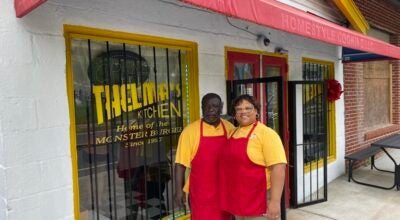New owners of “rock quarry” dig up 100-year history
Published 5:54 pm Friday, April 19, 2013

A view of the quarry now owned by Chuck and Robin Cagle and friends Norman and Kareta Little.
The group has purchased the 60-acre property and never imagined the area simply known as “rock quarry” had a deeply rooted history dating back 100 years.
During the summer months over the last several decades one of the only breaks from the heat for many children in Chilton County was jumping in the nearby swimming hole known as “rock quarry.”
Although the property was technically deemed “private” and no one was “supposed” to trespass, the popular swimming hole with ice-cold, sparkling blue water tempted many children including Chuck Cagle to swim and explore the property off County Road 61.
“When I was a kid, my brothers were older and they knew about this place and they would bring me over here so we could all go swimming,” Cagle said now middle aged. “It was real fun coming here because we would climb up on the rocks of the quarry and jump off. It was the coldest water and felt so good during the 100-degree days.”
Now, Cagle along with his wife Robin and friends Norman and Kareta Little have purchased the 60-acre property and never imagined the area simply known as “rock quarry” had a deeply rooted history dating back 100 years.
“It turns out this place is filled with a lot more information than we could have ever imagined,” Cagle said.
For the children who grew up visiting the quarry, little information was known at the time about the property other than different legends of what might be at the bottom of the quarry or the belief that the quarry might actually be bottomless.
Over time, the quarry attracted many onlookers who would stop by Chilton County including motorcycle gangs, Volkswagen buses of “hippies” or teenagers from the community who would use the site as a popular hangout.
Glenn Littleton, an area history buff, grew up in Thorsby and often explored the area with some of his buddies who discovered a cave, old railroad tracks and met many strangers who would often stop by to swim in the quarry as they were traveling through the area.
“Growing up, the area near the quarry was where you went to explore,” Littleton said. “There are a lot of children that grew up in Chilton County with a lot of memories of spending time on that property.”
Cagle enlisted the help of Littleton as well as old photos and write-ups from Alabama Power Company archives to uncover a story of a camp of workers who used rocks from the quarry (originally named Zion Quarry) to build Lay Dam.
Using maps, historic photos and written accounts, (provided by Bill Tharpe with the Alabama Power Company Corporate archives) Cagle and Littleton have scoured the property uncovering the history of a quarry that includes the 100th anniversary this month of the construction of Lay Dam and the quarry in April 1913.
Construction on the dam
A century ago, William Lay had been trying to get the project for the dam started. It wasn’t until October 1912 that the construction work at the quarry started.
The first project was getting the old Clear Creek Timber Railroad back in usable order and building the spur tracks—a side track that connects with the main track of the railroad— at the quarry.
The railroad would transport carts of crushed rock that would make concrete for the construction of the dam.






